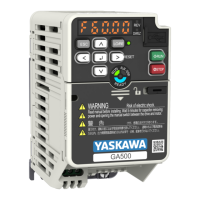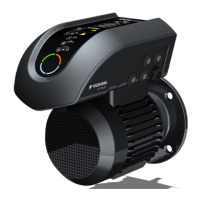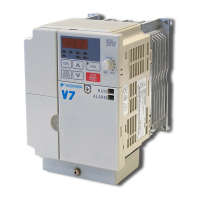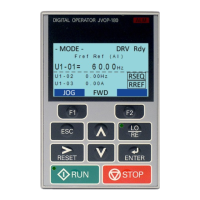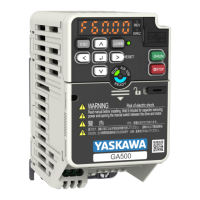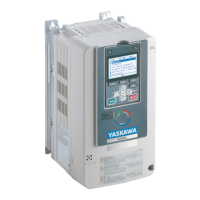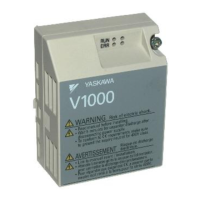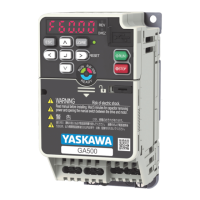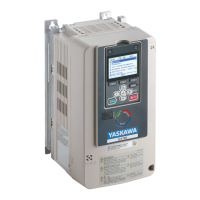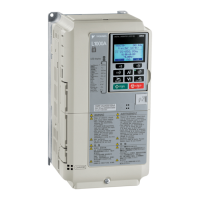Receiving
1
1.2 Catalog Code and Nameplate Check
YASKAWA SIEPYAIH6B01A HV600 AC Drive Bypass Technical Reference 29
◆ Bypass Enclosures
All bypass units are for installation in non-hazardous locations. All bypass units are IP20/UL Type 1 Enclosures for
indoor use to provide a degree of protection against incidental contact with enclosed electrical equipment and falling
dust or dirt.
◆ Features and Advantages of V/f Control Method
Table 1.8 gives information about the features of the V/f control method.
Table 1.8 Features and Advantages of V/f Control Method
Control Method Selection V/f Control Notes
Basic Control V/f -
Main Applications
General-purpose variable speed control to connect more than
one motor to one bypass.
-
Maximum Output Frequency 400 Hz -
Speed Control Range 1:40
This is the range of variable control.
When you connect and operate motors in this mode, think about the increase
in motor temperature.
Starting Torque 140%/3 Hz
This is the motor torque that the bypass can supply at low speed during start-
up and the related output frequency (rotation speed).
You must think about bypass capacity and motor capacity when a large
quantity of torque is necessary at low speed.
Auto-Tuning
*1
Rotational and Line-to-Line Resistance (usually not
necessary)
Automatically tunes electrical motor parameters.
Torque Limits
*1
No Controls maximum motor torque to prevent damage to machines and loads.
Speed Search
*1
Yes
Immediately estimates (or detects) motor speed and direction when coasting
to a stop to quickly start-up the bypass without stopping the motor.
Automatic Energy-saving Control
*1
Yes
Automatically adjusts the voltage applied to motors to maximize motor
efficiency for all load sizes.
High Slip Braking (HSB)
*1
Yes
Increases motor loss to let the motor decelerate faster than usual without a
braking resistor. Motor characteristics have an effect on this function.
Overexcitation Deceleration
*1
Yes
Sets the V/f higher than the setting value during deceleration to increase
motor loss and decrease deceleration time.
Overvoltage Suppression Function
*1
Yes Adjusts speed during regeneration to prevent overvoltage.
*1 Note these points when you use this function:
• When you can decouple the motor and machine for a test run, use Rotational Auto-Tuning. You must make adjustments to the control
in the range where there is no vibration in the machine after Rotational Auto-Tuning.
• Motor loss increases during overexcitation braking and high-slip braking. Use a maximum braking frequency of 5% ED and a
maximum braking time of 90 seconds. After you start high-slip braking, you cannot restart the motor until it stops. Use overexcitation
braking to decelerate over a shorter time at a pre-determined speed.
